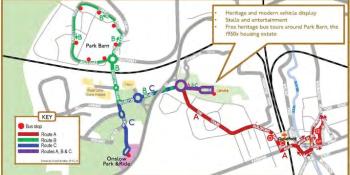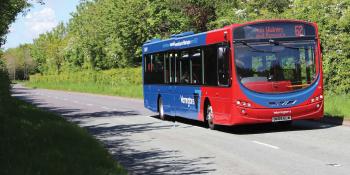In moves that began in the 1940s, most of Britain’s buses were in state or local authority ownership by the 1970s, as the industry adjusted to meet a decline in demand for its services
Large parts of the tightly regulated British bus industry were coming into state ownership when Buses Illustrated appeared, as the Labour government elected in 1945 delivered on its objectives of bringing the commanding heights of the economy into government control and tried to integrate public transport.
The Transport Act of 1947 created the British Transport Commission (BTC), an umbrella organisation to oversee all surface transport —passenger and freight —in England, Wales and Scotland. It took over the four main line railways and London Transport in January 1948.
The railways —the Great Western, Southern, London & North Eastern and London, Midland & Scottish —held shareholdings in most regional bus companies, the majority of which were owned by one of three groups, British Electric Traction (BET), Thomas Tilling and Scottish Motor Traction (SMT). The BTC inherited these shareholdings and aimed to own them outright.
Before that could happen, it took control of a smaller regional operation in the East Midl…




